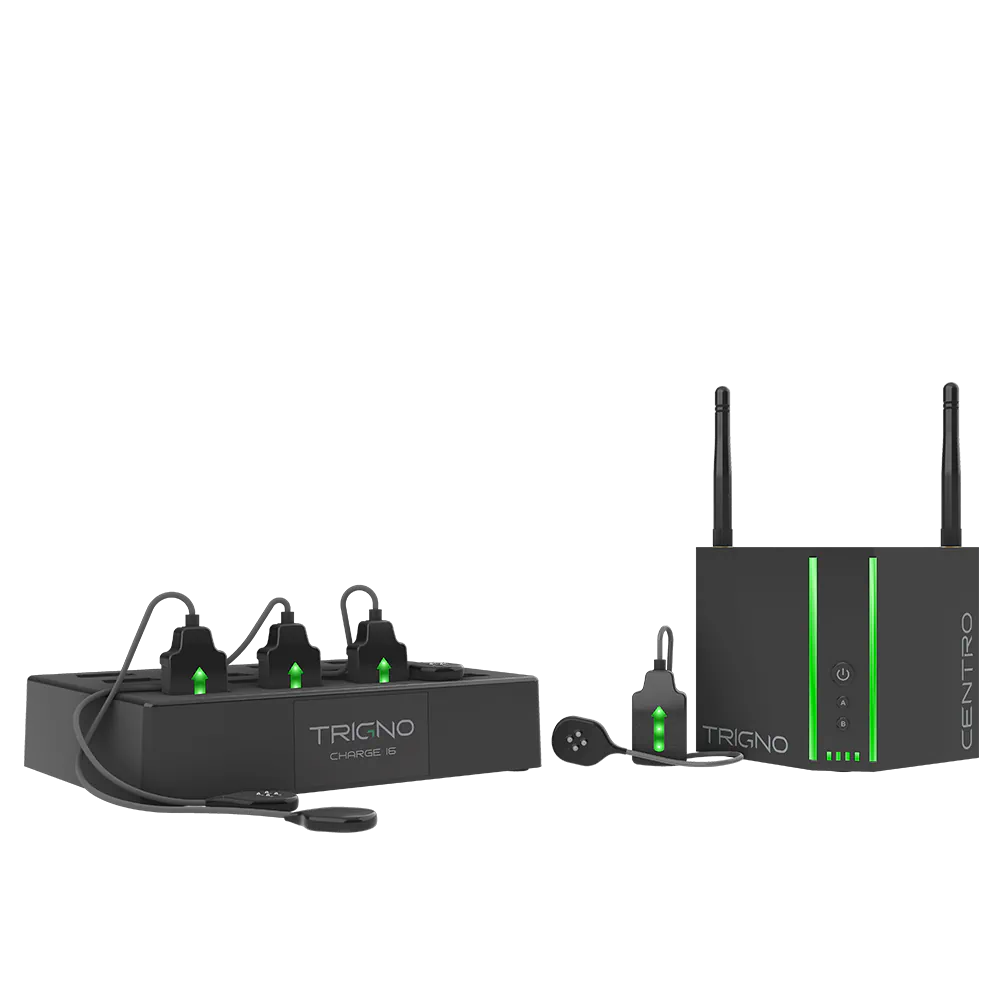













Delsys decomposition software is specifically engineered to quickly and accurately identify uncontaminated MUAPs that are concealed within EMG signals with exceptional ease.

With Delsys wireless High Density sensors, you can analyze motor unit behavior during dynamic movement like never before.







High-density surface electromyography (HDsEMG) is the use of four or more closely spaced electrodes to give insights into the spatial distribution of myoelectric excitation across a muscle.
While traditional bi-polar EMG gives an insight into the global activation strategies of the muscles, HDsEMG offers a window into the regional excitation and hence the recruitment and modulation of localized motor units within or between muscles.
HDsEMG technologies have several applications focusing on assessing how the regional excitation varies over the muscle. These applications include:
HDsEMG is used to assess the spatial distribution of the myoelectric signal and variation in the EMG amplitude over time. From this, differing features can be extracted, such as the regional activation and the single motor unit activity.
Regional EMG amplitude differences can be interpreted as variations in the localized activation of muscle fibres in the specific regions.
Single motor unit recordings can extract information about the motor unit firing instances, firing rate and recruitment/de-recruitment thresholds to assess the effects of fatigue, neuromuscular disorders or injury and modulations brought about by training interventions.
For investigations into regional EMG amplitude differences and the spatial distribution of myoelectric signal, the Trigno Maize system provides the best solution.
When using the Trigno NeuroMap system, which includes the Trigno Galileo sensors and the NeuroMap software, investigations into single motor unit activity can be achieved during isometric and dynamic conditions using our advanced signal processing algorithms.
The HDsEMG technology provided by Delsys focuses on the wireless collection of high-fidelity EMG signals from dynamic activities, allowing you to capture unique insights from the neuromuscular system.
By re-engineering classical approaches to EMG sensors, all our innovative technologies are dry electrodes which allow for quick and easy application to the skin and high muscle conformity to maximize signal to noise ratios.
The Trigno Maize and Trigno Galileo sensors are built within the Trigno platform, meaning they can be used alongside our wide selection of compatible EMG technologies all from a single base system. Multiple Trigno Maize or Trigno Galileo sensors can be used synchronously to allow for multi-muscle investigations.